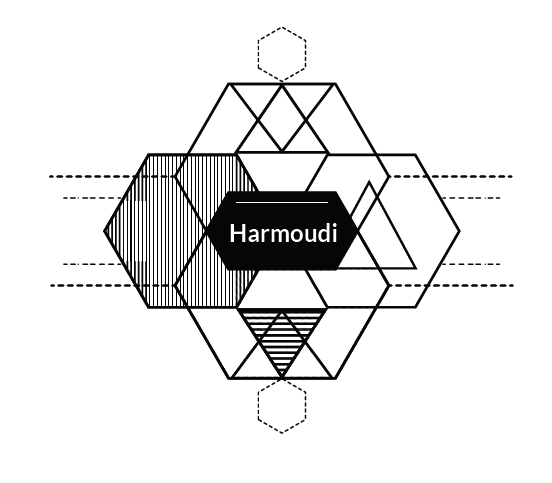In the fast-evolving world of medical device manufacturing, clean room construction stands as a cornerstone for ensuring product quality, safety, and compliance. These controlled environments are essential in manufacturing processes where even the smallest contaminants can impact product integrity. This article explores the intricacies of clean room construction and its vital role in the production of medical devices, with insights into Harmoudi's expertise in creating optimized clean room solutions.
Understanding the Role of Clean Rooms in Medical Device Manufacturing
Clean rooms serve as specially engineered spaces where contaminants like dust, airborne microbes, and aerosol particles are strictly controlled. This level of purity is critical in medical device manufacturing, where maintaining sterility and precision is essential for product safety. Beyond cleanliness, clean rooms contribute to quality assurance and regulatory compliance, offering an ideal setting for intricate device assembly and packaging.
Key Features of Clean Rooms for Medical Device Manufacturing
Clean rooms are defined by several key features, each designed to maintain a sterile environment:
- Temperature and Humidity Control: Precise control over these variables minimizes product distortion and contamination.
- Air Quality and Filtration Systems: HEPA and ULPA filters are essential to capture airborne contaminants, achieving air purity that meets strict standards.
- Positive Pressure and Containment: Positive air pressure ensures that contaminated air does not enter clean areas, enhancing overall hygiene.
Types of Clean Rooms for Medical Device Manufacturing
The ISO classification system categorizes clean rooms by the number of particles permitted per cubic meter, ranging from ISO Class 1 (the cleanest) to ISO Class 9. Medical device manufacturing typically requires ISO Class 7 or 8. Modular clean rooms provide flexibility and scalability, while permanent clean rooms are custom-built for larger, ongoing operations.
The Construction Process for Clean Rooms in Medical Manufacturing
- Planning and Design Considerations: The process starts with understanding client requirements, regulatory standards, and space constraints.
- Selecting Suitable Materials: we uses materials that meet clean room standards, ensuring durability and resistance to contaminants.
- Construction Steps: This phase includes installing air handling systems, applying specialized coatings, and integrating monitoring systems to maintain environmental standards.
Regulatory Compliance in Clean Room Construction
Compliance with FDA and ISO standards is critical in the medical device industry. Clean rooms must adhere to strict regulatory requirements, including air purity, particulate control, and environmental stability. Proper design and construction practices ensure these standards are met, allowing clients to meet regulatory expectations with confidence.
Materials and Technology Used in Clean Room Construction
The choice of materials plays a crucial role in clean room effectiveness, from stainless steel and antimicrobial surfaces to advanced air filtration technologies. Automated monitoring systems further support a contaminant-free environment, creating efficient, compliant clean rooms equipped with the latest technological advancements.
The Clean Room Design Process
Designing clean rooms begins with an in-depth analysis of client requirements to tailor each room to its intended application. A collaborative process throughout the design phase fosters transparency and alignment with client needs, resulting in highly efficient clean rooms that are purpose-built and optimized for performance.
Challenges in Clean Room Construction
Constructing a clean room involves unique challenges, from achieving ISO certification to ensuring environmental consistency. These challenges are addressed through meticulous planning, high-quality materials, and specialized engineering techniques that control contamination and maintain stable, compliant environments.
Maintaining Clean Rooms in Medical Device Manufacturing
Maintenance is essential to clean room functionality. Regular inspections, equipment servicing, and cleanliness protocols minimize contamination risks and help maintain the room’s high standards. Staff training and adherence to best practices are also key factors in maintaining clean room integrity for long-term use.
Future Trends in Clean Room Construction for Medical Manufacturing
The medical industry's demand for clean rooms continues to rise, driven by trends like sustainable construction, automated systems, and increased energy efficiency. Industry advancements integrate environmentally conscious options and cutting-edge technology, making clean rooms more sustainable and aligned with future demands.
Why Choose Expert Clean Room Construction Services?
Choosing a skilled and knowledgeable provider ensures client satisfaction, regulatory compliance, and innovative design. A provider with a deep understanding of the medical device industry can create clean room solutions that meet specific requirements, resulting in a product that is both reliable and effective.
Conclusion
In the medical device industry, where safety and precision are critical, clean rooms offer a controlled environment that upholds product integrity. An experienced clean room construction provider delivers designs that meet rigorous regulatory standards and client specifications, ensuring not only compliance but also a partner committed to quality and innovation.





Comments